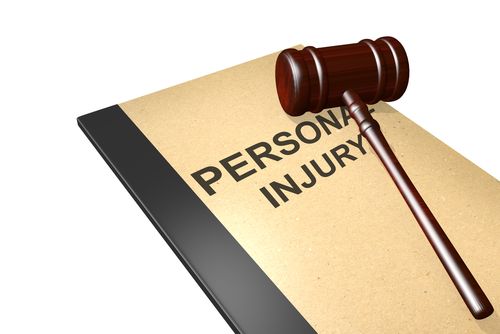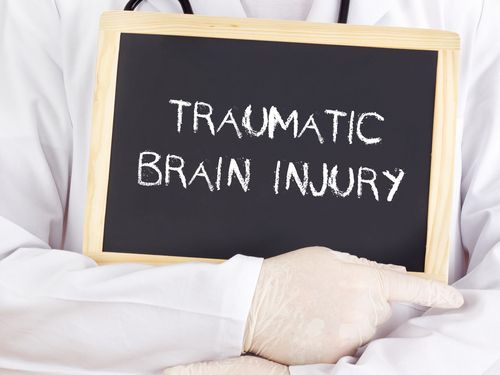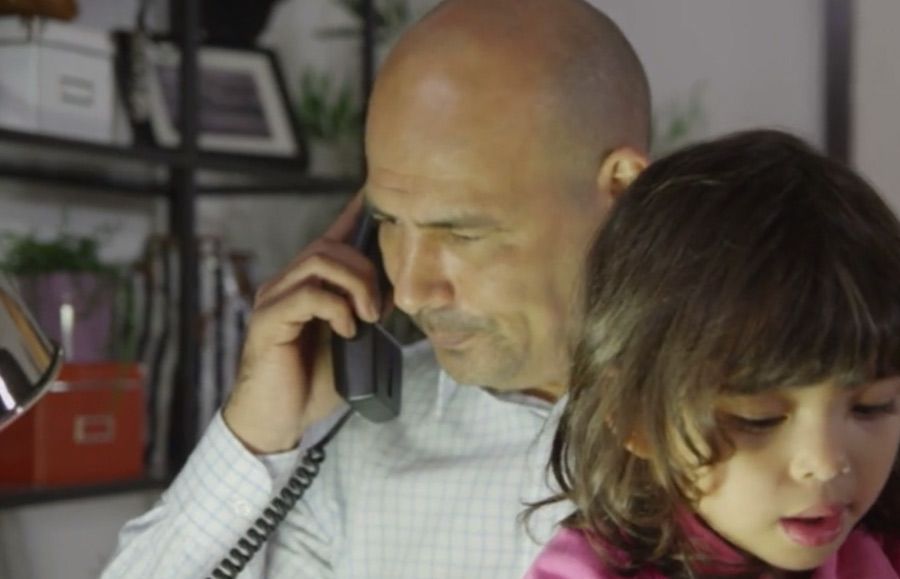After an accident, you likely know that physical pain and emotional distress can overwhelm you. Beyond the medical bills and lost wages, the pain you endure affects your quality of life. However, proving pain and suffering in a legal setting is often a challenge. In New York, understanding how to demonstrate the impact of your injuries is crucial to securing the compensation you deserve.
The good news is that you don’t have to navigate this difficult process alone. With the help of a skilled personal injury lawyer, you can focus on your recovery while your attorney advocates for the compensation you need and deserve.
At Rosenberg & Gluck LLP, our experienced personal injury attorneys understand how pain and suffering are defined in legal terms, how we can prove them, and why you need a lawyer.
What Is Pain and Suffering in New York Personal Injury Cases?
Pain and suffering refer to the physical and emotional distress that a person experiences due to an accident. Personal injury law considers these damages non-economic, meaning they do not have a clear monetary value, unlike medical bills or lost wages.

There are two main types of pain and suffering:
- Physical Pain and Suffering: This includes the actual physical pain and discomfort you experience from your injuries. It also considers any future physical suffering caused by permanent or long-term conditions, such as chronic pain or disabilities.
- Emotional Pain and Suffering: This refers to the psychological impact of the accident, like anxiety, depression, post-traumatic stress disorder (PTSD), loss of enjoyment of life, and emotional distress. These intangible issues can profoundly affect your life.
In New York, the law allows injury victims to seek compensation for both physical and emotional pain and suffering.
However, you need an experienced personal injury attorney to quantify these subjective damages. Your lawyer will gather evidence, document your suffering, and hold the liable party accountable for the harm they caused.
Proving Pain and Suffering: Why a Lawyer is Essential
After an accident, the burden of proving pain and suffering falls on the injured party. You must provide compelling evidence demonstrating how the accident impacted your life. A personal injury lawyer will take on this responsibility, using their skills to build a strong case on your behalf.
Here are some ways your lawyer will help prove pain and suffering:
Gathering Medical Evidence
Medical documentation is a critical piece of evidence for proving pain and suffering. Your lawyer will work with your doctors to collect detailed medical records that outline your injuries, treatments, and prognosis.
This documentation can include:
- Doctors’ notes: These records explain the nature of your injuries, the treatments you’ve received, and how your injuries will impact your life going forward.
- Test results: X-rays, MRIs, and other medical tests provide concrete evidence of your physical injuries.
- Prescription records: Medications you’ve been prescribed for pain or mental health treatment can be used to illustrate the extent of your suffering.
- Physical therapy and psychological counseling records: Both physical and emotional recovery are important after an accident. Records of physical therapy show the challenges of regaining mobility, while counseling records for stress, anxiety, or depression help demonstrate the emotional toll the accident has taken on your life.
By compiling this medical evidence, your attorney can create a compelling narrative demonstrating the severity of your pain and suffering.
Testimonies from Medical Experts and Family Members
In addition to medical records, your lawyer may seek testimonies from medical professionals who can speak to the nature of your injuries and the likely long-term effects. These experts can help explain how your injuries will impact your future, especially if you are facing permanent disability or chronic pain.
Family members, friends, and even coworkers can also testify how your life has changed since the accident. They can speak to the activities you can no longer do, how your mood and behavior have been affected, and the overall toll the injury has taken on your quality of life. These personal accounts are valuable in proving emotional pain and suffering.
Demonstrating Loss of Enjoyment of Life
Pain and suffering also include the loss of your ability to enjoy life. This could involve the inability to participate in hobbies, sports, or family activities that once brought you joy. It might also refer to changes in your ability to maintain relationships or take care of personal responsibilities.
Your lawyer will help you detail these losses and their impact on your daily life. By clearly showing how your injury has diminished your quality of life, your attorney will strengthen your claim for pain and suffering damages.
Settlement Negotiations
Personal injury attorneys are skilled negotiators. They will fight for you with the insurance company to ensure you receive fair compensation. Insurance companies often undervalue or challenge pain and suffering claims, particularly those involving emotional distress.
Since pain and suffering are subjective and don’t come with clear, quantifiable costs, insurers frequently use this to their advantage by downplaying the impact of your injuries.
They may argue that your pain isn’t as severe as claimed or question the connection between your emotional distress and the accident. Common tactics include offering lowball settlements or disputing the need for ongoing psychological treatment.
Taking Your Case to Court
Your attorney will advocate for the maximum settlement possible. However, if the insurance companies refuse to offer a fair settlement, your lawyer will file a personal injury claim to take your case to court.
The case can still be settled at any point during this process. If you do go to trial, your attorney will represent you to secure a verdict awarding damages that include your pain and suffering.
Juries consider the severity of the injury—for example, whether it results in long-term or permanent disability—and how the injury impacts the victim’s daily life, including their ability to work, engage in hobbies, or maintain relationships.
Testimony from the injured party, as well as from family members and friends, can provide insight into the emotional and physical toll the injury has taken.
Juries also weigh the credibility of medical and psychological experts, who offer professional opinions on the extent of the injuries and the long-term prognosis, taking into account both physical and emotional harm.
Overcoming Challenges in Proving Pain and Suffering
Because pain and suffering are subjective, insurance companies and defense attorneys often push back on these claims. They may argue that your pain is not as severe as you claim or that your emotional distress is unrelated to the accident.
Our skilled personal injury lawyers know how to counter these arguments and overcome the challenges of proving pain and suffering. Here are some strategies you and your attorney may use to build your case:
Using Objective Evidence
While pain and suffering are inherently subjective, your attorney can present objective evidence that supports your claims. This might include medical records, expert testimony, or photographs of your injuries.
For instance, if you sustained a severe fracture, the X-rays can provide visual proof of the injury and the extent of your physical pain.
The Role of Liability in Your Pain and Suffering Claim
Proving liability is an essential part of any personal injury case, and it directly impacts your ability to recover compensation for pain and suffering. In New York, you must show that the other party’s negligence caused the accident and your injuries.
Your lawyer will handle this process by:
- Investigating the accident: Your attorney will gather evidence from the scene, review police reports, and can consult with accident reconstruction experts if necessary to prove that the other party was at fault.
- Proving negligence: To recover damages for pain and suffering, your lawyer must show that the at-fault party breached their duty of care and that this breach directly caused your injuries. Whether the case involves a car accident, slip and fall, or medical malpractice, your attorney will use their knowledge of New York’s personal injury laws to establish liability.
New York’s No-Fault Insurance and Pain and Suffering
It’s important to note that New York follows a no-fault insurance system for car accidents. This means that your personal injury protection (PIP) coverage will pay for your medical bills and a portion of lost wages, regardless of fault. However, PIP will not cover pain and suffering damages.
You must meet the serious injury threshold outlined in New York law to recover compensation for pain and suffering.
A serious injury is defined as one that results in:
- Significant disfigurement
- Broken bones and fractures
- Soft tissue injuries
- Internal injuries
- Traumatic brain injury (TBI)
- Spinal cord injury
- Permanent loss or limitation of a body part
- Full disability for at least 90 days
If your injury meets this threshold, your lawyer can pursue a personal injury lawsuit to seek compensation for pain and suffering from the at-fault party.
A Common Misconception About Pain and Suffering Claims
Many people have misconceptions about pain and suffering claims, leading to confusion and hesitation when seeking compensation.
One common myth is that you must have visible injuries to file a pain and suffering claim. Some people believe that only severe physical trauma, like broken bones or disfigurement, qualifies for compensation.
However, internal injuries or conditions that don’t appear to the eye, such as chronic pain, migraines, or emotional distress, can result in pain and suffering. These injuries may not leave visible scars, but they can profoundly affect your daily life and well-being.
With the right legal guidance, you can pursue compensation for the suffering these injuries cause you. By understanding the true scope of pain and suffering claims, you can feel more confident in seeking the compensation you deserve.
The Importance of Timely Action in New York
Taking swift action after an accident is critical when pursuing a personal injury claim in New York. One of the most important reasons to act quickly is the state’s statute of limitations, which typically gives you three years from the date of the accident to file a claim for personal injury.
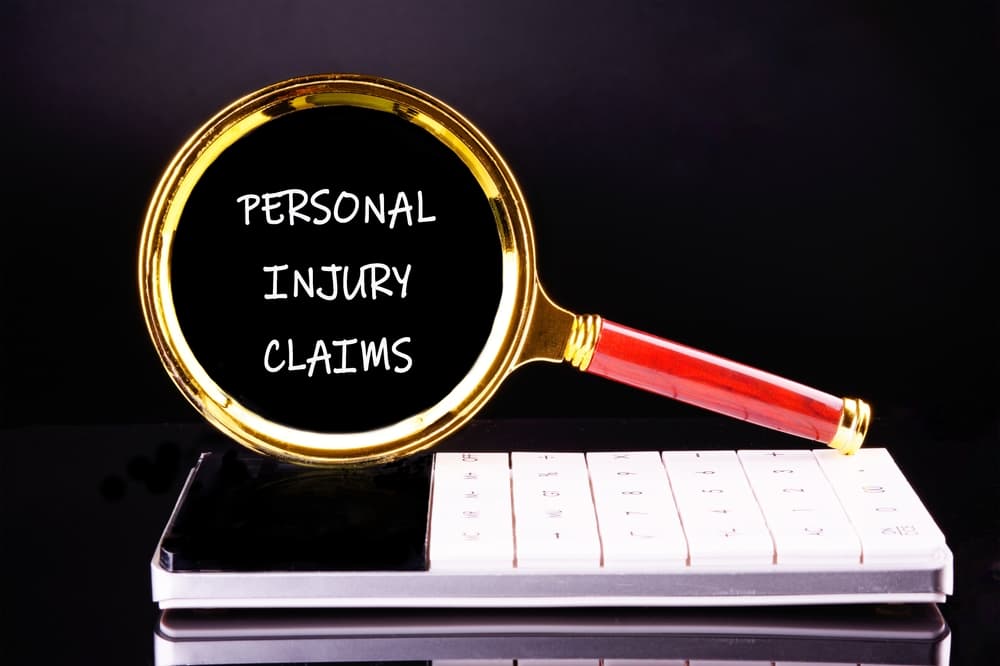
While this may seem like a long time, waiting too long to begin the legal process can severely hinder your ability to gather necessary evidence, especially when proving non-economic damages like pain and suffering.
Over time, witness testimony, accident scene details, and even medical records can become harder to obtain or lose their reliability. Acting quickly ensures that this evidence remains intact and strengthens your case.
Additionally, when it comes to emotional injuries, like anxiety or PTSD, documentation is essential to proving the extent of your suffering. These conditions often develop and change over time, requiring consistent medical evaluations and therapy records.
Delaying your claim can make it more difficult to demonstrate the progression and impact of these emotional injuries, weakening your claim for pain and suffering compensation.
Further, while you generally have three years, there any many situations where you could have as little as 90 days to act.
By enlisting a personal injury lawyer early on, you can ensure that all the relevant evidence is preserved and that your case is built on a solid foundation from the start. Timely action secures critical evidence and positions you to seek the maximum compensation for your physical and emotional suffering.
Let Rosenberg & Gluck LLP Take on Your Fight
If you’ve been injured in an accident, proving your pain and suffering can feel like an uphill battle. However, you don’t have to handle it on your own.
At Rosenberg & Gluck LLP, our experienced personal injury lawyers will take on the burden of proving your pain and suffering, holding the liable party accountable, and securing the compensation you deserve.
We understand the challenges you’re facing, and we’re here to fight for you every step of the way.
Contact us today to learn how we can help you pursue compensation for your pain and suffering after an accident in New York. Call us at (631) 451-7900 or contact us online. We serve Suffolk County, Nassau County, and the Boroughs.
